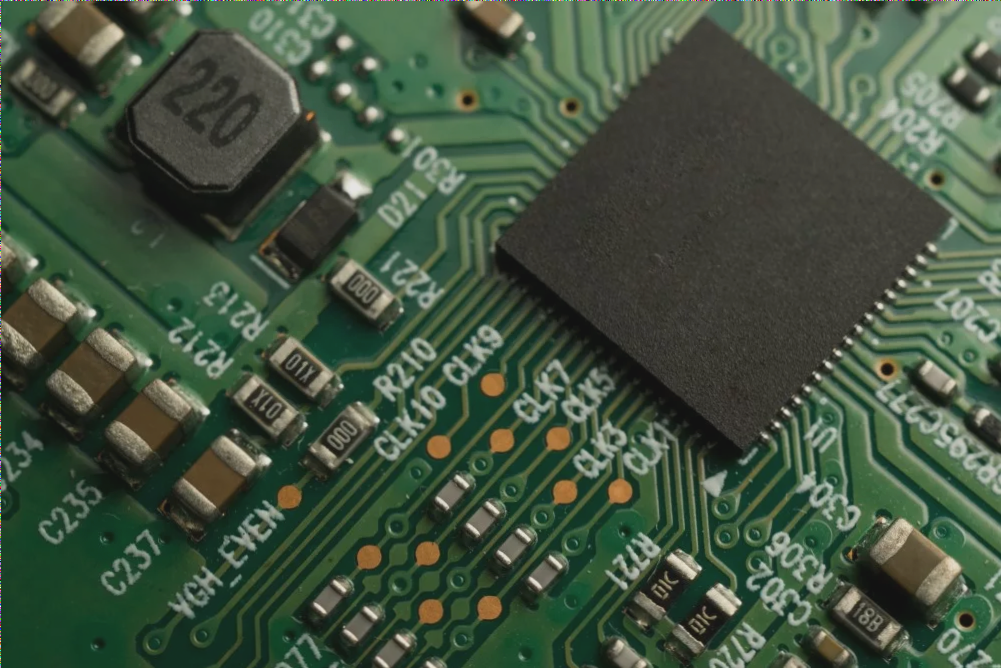Copper Electroplating in PCB Fabrication
Copper electroplating is a crucial step in PCB fabrication, enhancing the adhesion of coatings and playing a key role in the protective decorative coating of the copper/nickel/chromium system. The flexible and low-porosity copper coating improves adhesion and corrosion resistance between coatings. Additionally, copper plating is utilized for anti-carburization, printed board hole metallization, and as a surface layer for printing rollers. The chemically treated colored copper layer, coated with an organic film, is also used for decorative purposes.
Common Problems in Acid Copper Electroplating
- Rough Electroplating: High electroplating current can cause a rough board surface. Lower the current and check for abnormalities using a card meter. Factors like low winter temperatures, insufficient brightener content, and improper cleaning can also lead to rough electroplating.
- Electroplating Copper Particles:
- Electroplating Pits:
- Uneven Color:
Copper sulfate electroplating is vital in PCB electroplating, directly impacting the quality of the copper layer and related mechanical properties. Controlling the quality of acid copper electroplating is challenging but essential. Addressing common problems with acid copper electroplating requires thorough analysis and implementation of effective solutions and preventive measures.


